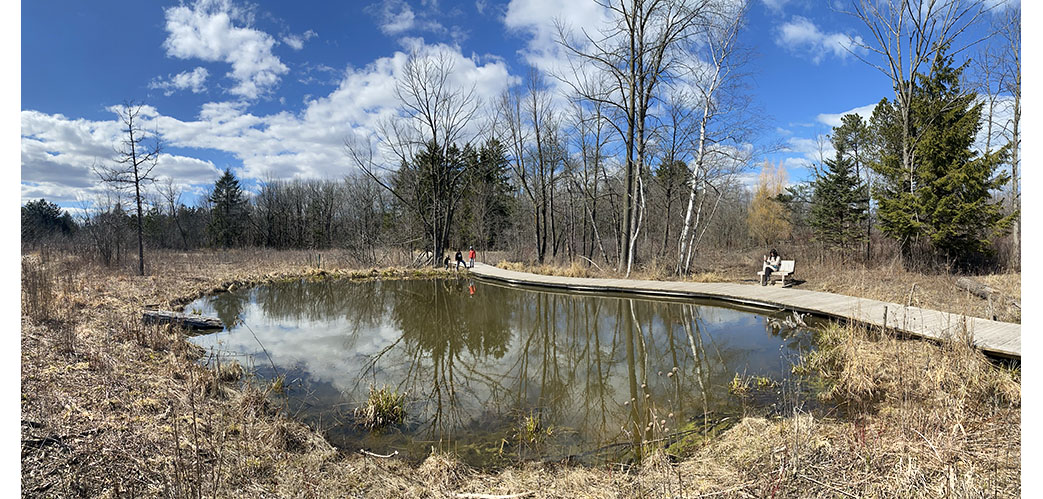
Vernal and Ephemeral: These Ponds Are Essential Habitats!
April 9, 2024 | Topics: Stories
Story courtesy Schlitz Audubon Nature Center
Photographs by Eddee Daniel (except as noted)
Photographer’s note: I want to thank Schlitz Audubon Nature Center for permission to reprint this (edited) story. Although the story refers to Schlitz Audubon, the facts are relevant to ephemeral ponds anywhere and my photographs are from a variety of locations in addition to Schlitz Audubon’s property. The captions identify the locations and provide links to them on our Find-a-Park map. Please don’t let these images give you the impression that this important ecological niche is common. In fact, it is a threatened ecosystem, which increases the significance of the places like these for protecting them. ~ Eddee

Spring signifies the start of a new year in the natural world. After the Vernal Equinox on March 19, the days are finally longer than the nights, adding sunlight and meltwater to the landscape. Snow and ice melt become a patchwork of temporary, or ephemeral ponds; also known as vernal ponds. In Latin vernal means spring, and vernal ponds are usually at their maximum depth after the snow melts.
Characteristics of a Vernal Pond
In order to be a true ephemeral pond, the pond must experience two things. There must be an inundation of water in the spring, but also complete desiccation, or drying, during a normal year. The drying of these ponds prevents fish from living there, and subsequently allows fragile amphibian populations, such as wood frogs and blue spotted salamanders, to thrive. Adult salamanders may visit the pond only briefly to reproduce and then return to the forest and their lives under logs. The ephemeral pools form essential habitats that are teeming with life. Besides amphibians, we find a diversity of insect life, such as dragonfly nymphs, phantom midge larvae and, of course, mosquito larvae, waiting to hatch. All of these species are important food sources for the larger mouths in and around the pond.
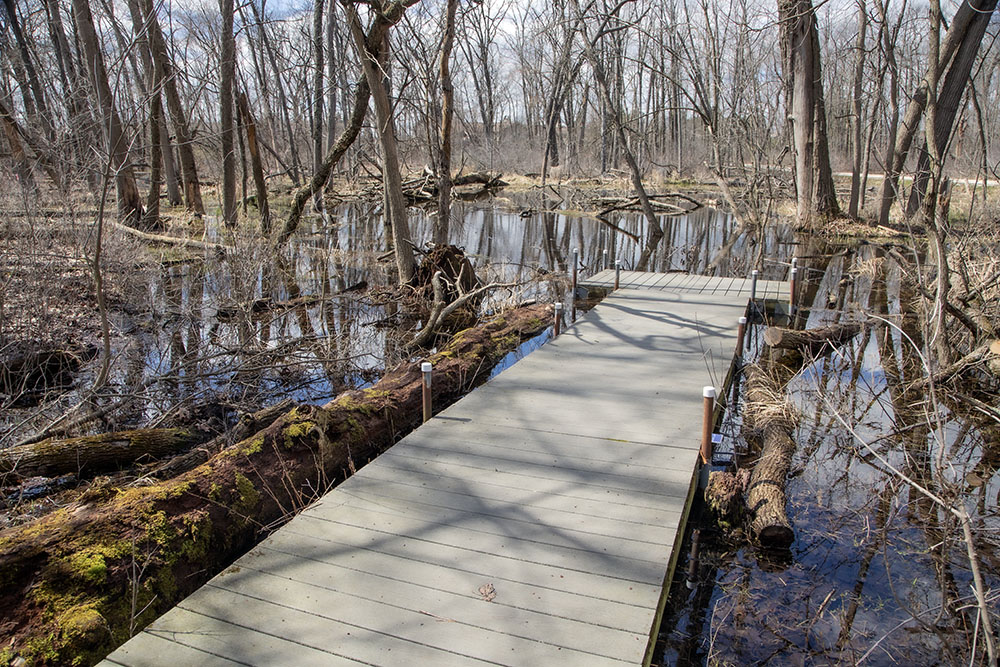
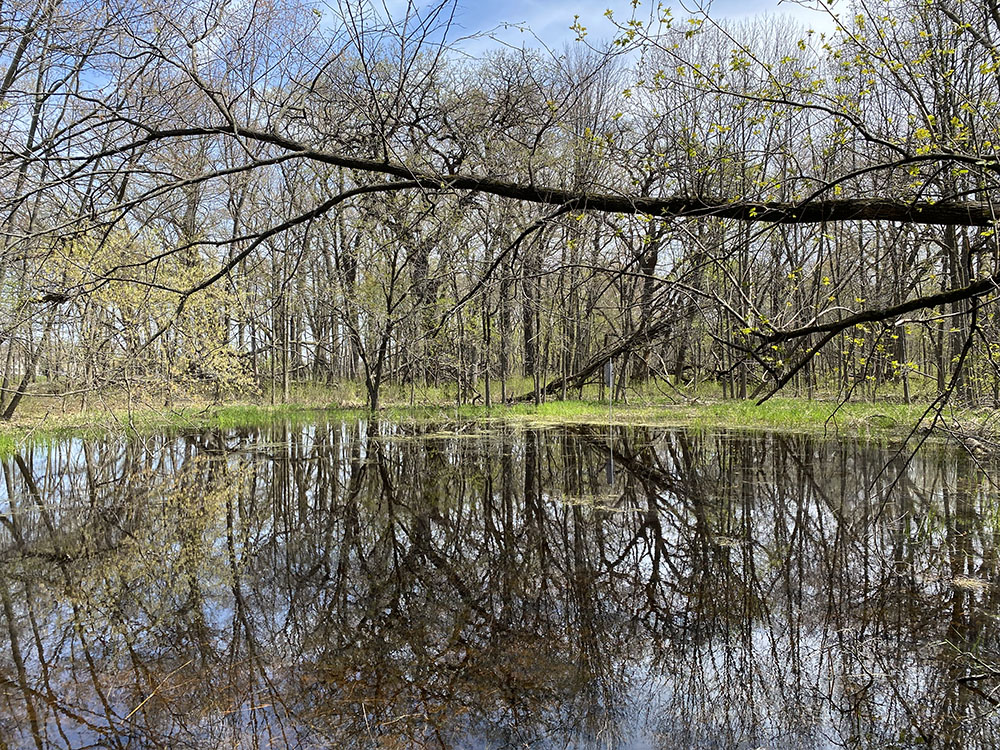
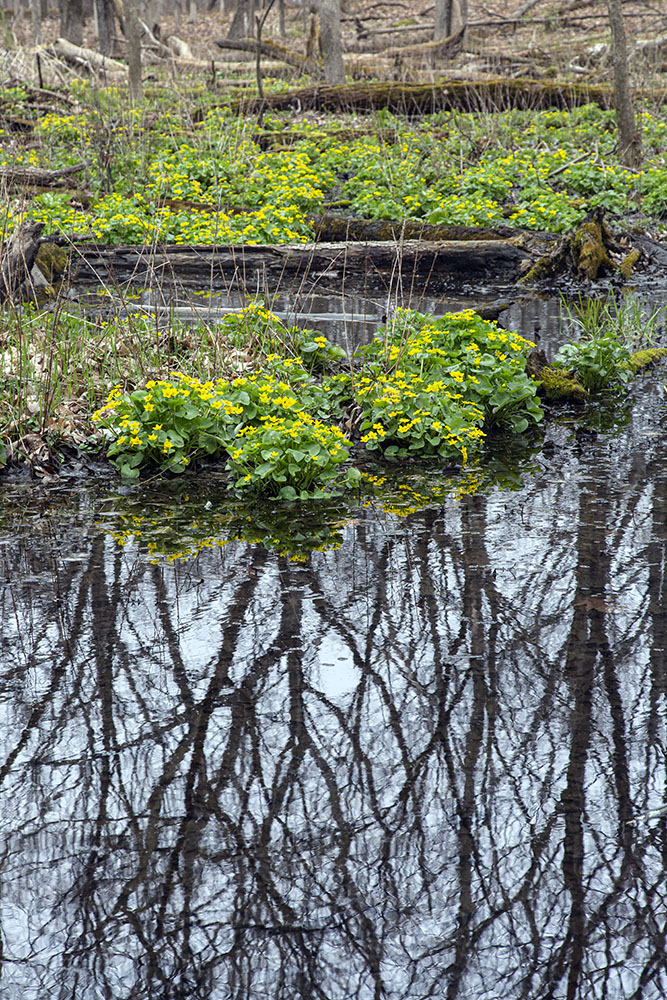
Fairy Shrimp
One creature that looks like a delicious meal waiting to happen even has a tasty name: fairy shrimp. These graceful and gentle crustaceans often live in vernal ponds because their slow means of locomotion and their large size (up to two inches long) make them an easy meal for both fish and birds. Fairy shrimp are sometimes used as an indicator species to suggest whether a pond is a vernal pond. We find them at Teal Pond, one of our vernal ponds at Schlitz Audubon.
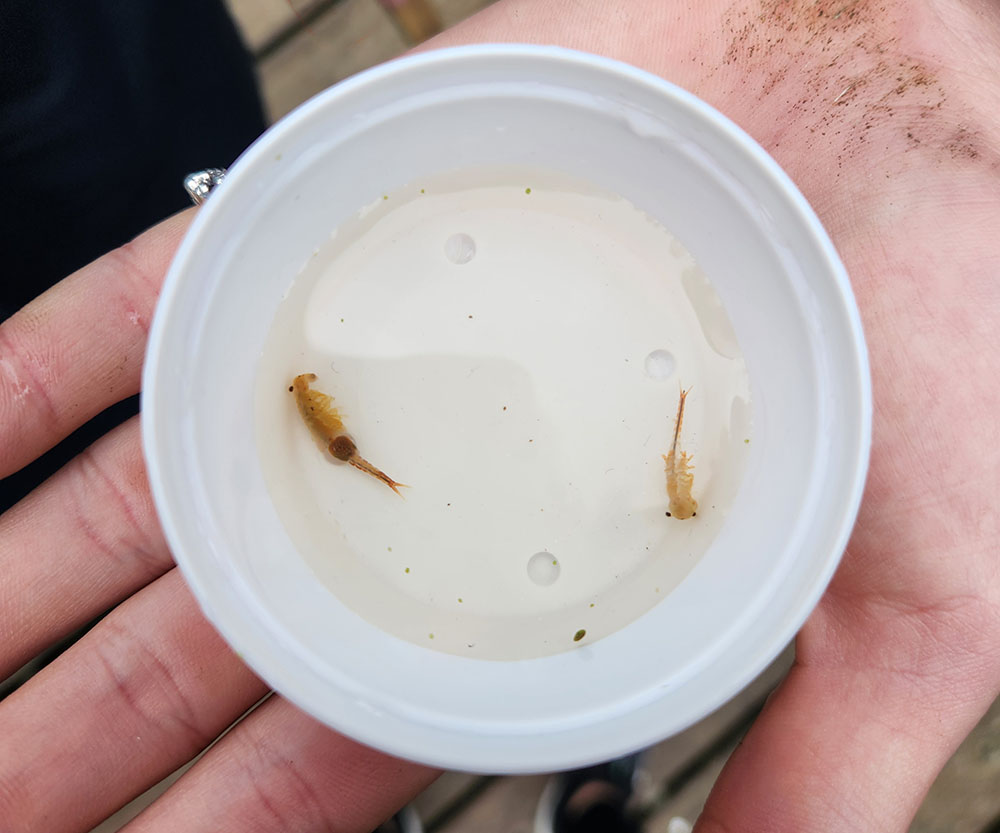
Fairy shrimp are also found at Turtle Pond, which does not dry completely, so it is not an ephemeral pond. But Turtle Pond does experience desiccation from evapotranspiration all around its edges. It shrinks to nearly half its volume in the hottest part of summer. Fairy shrimp eggs laid on the edges of Turtle Pond will likely dry up and that’s a good thing. Their eggs are capable of entering cryptobiosis, a state of apparent lifelessness, which allows them to survive desiccation when most other animals, including fish, cannot. This is a handy adaptation for an organism that might need to endure long periods of dry and cold. Cryptobiosis, combined with the absence of fish, is why we find fairy shrimp at both Teal and Turtle Ponds in spring.
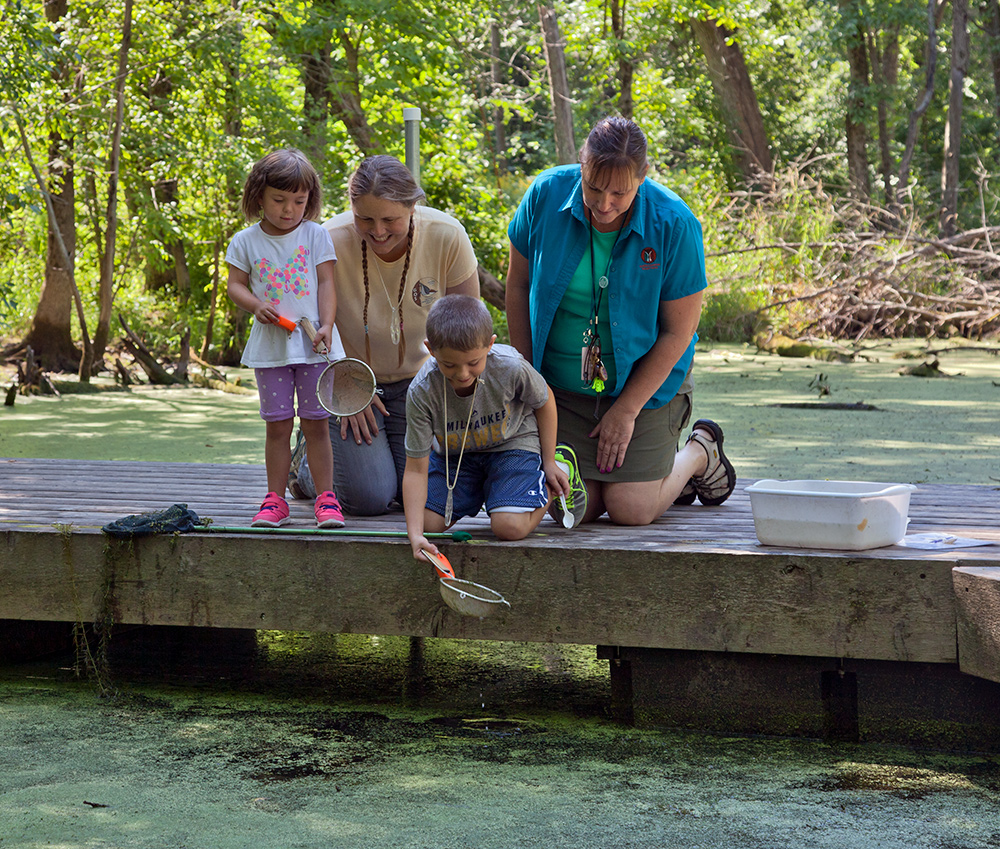
Reptiles and Amphibians
It is nearly impossible for our eyes to grasp what takes place below the surface of a pond. Inside them, vital indicator species will swim, eat, procreate, and hunker down for winter. Some of these most fascinating creatures are reptiles and amphibians, and aside from turtles sunning on a log, we rarely notice them.
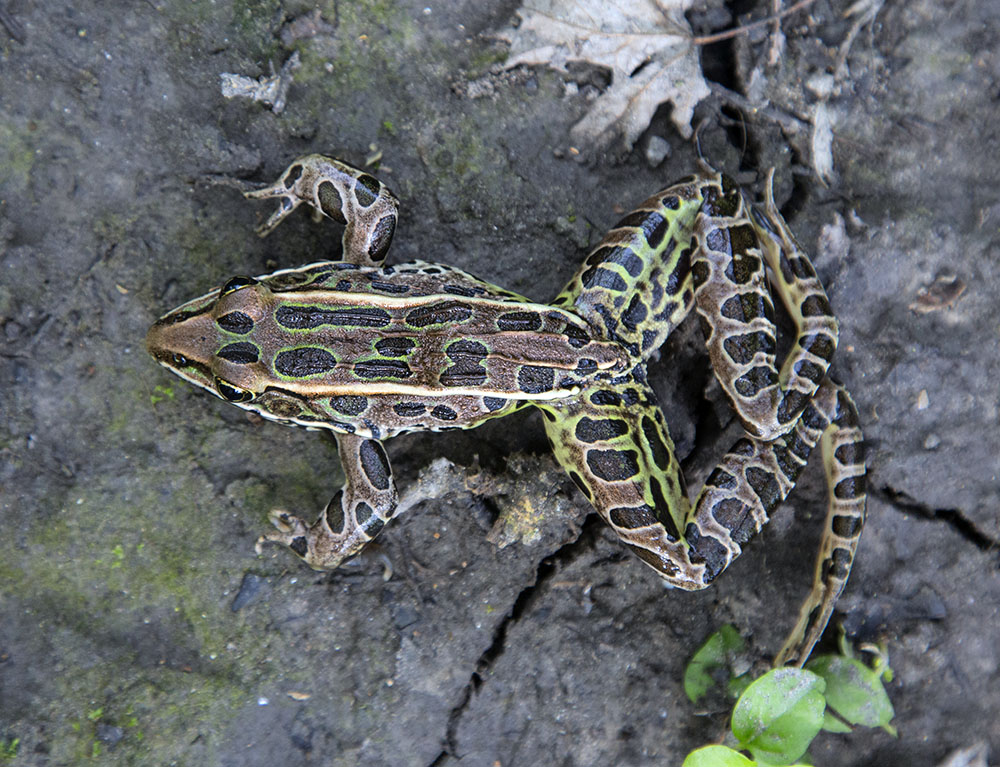
Turtles at Schlitz Audubon
The Center’s grounds are home to three species of turtles: painted turtles, known for their contrasting colors, snapping turtles, famous for their strong bite, and Blanding’s turtles, which are a Species of Special Concern in Wisconsin. Turtles are reptiles, called chelonians, and are easily identifiable by their protective shells. From an evolutionary standpoint, the leap that allowed reptiles to divorce themselves from living in the water is the amniotic egg. This is unlike the amphibians, which have a larval stage, such as tadpoles. So for reptiles, the egg came first.
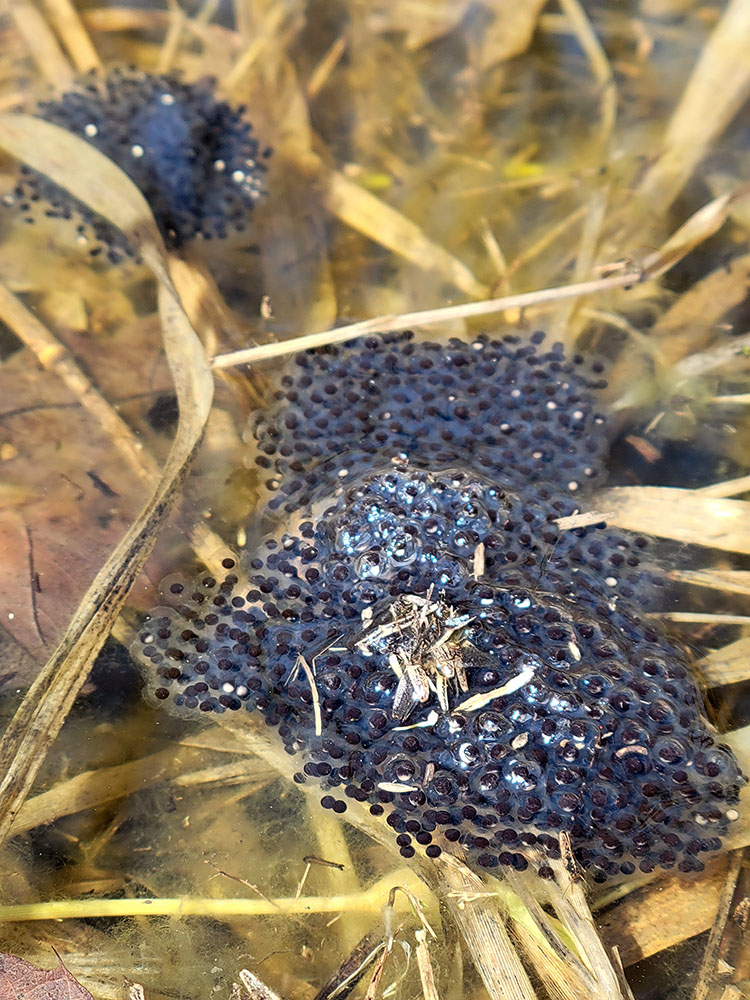
Reptiles and amphibians live in similar habitats, so it can be easy to overlook their differences. Reptiles have thicker skin than amphibians and are covered with scales instead of mucus glands. Reptile fertilization is also internal, differing from many amphibians (excepting our salamanders). Reptiles are relative exhibitionists, lying across any surface in the sunlight. By contrast, amphibians prefer areas that are cool, dark, and moist. One often has to overturn a few dozen logs to find a single salamander. Although it is exciting to uncover them, this practice is harmful to salamanders and their habitat.

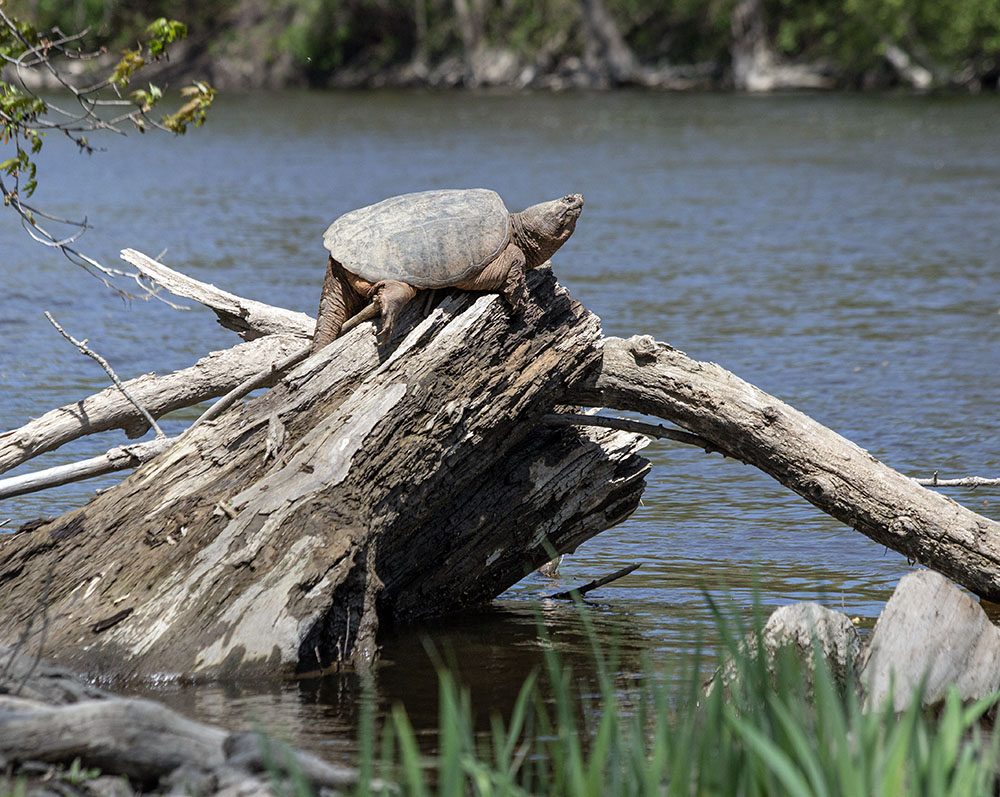
The Wonderful World of Salamanders
Blue-spotted salamanders are the only confirmed salamander at the Center. Salamanders have a fascinating method of courtship, in which males create a spermatophore structure on the bottom of the pond. After a courtship dance, the female then locates the specific male’s spermatophore and fertilizes her eggs. Within days she will lay a golf ball to baseball-sized egg mass of 30 – 250 eggs.
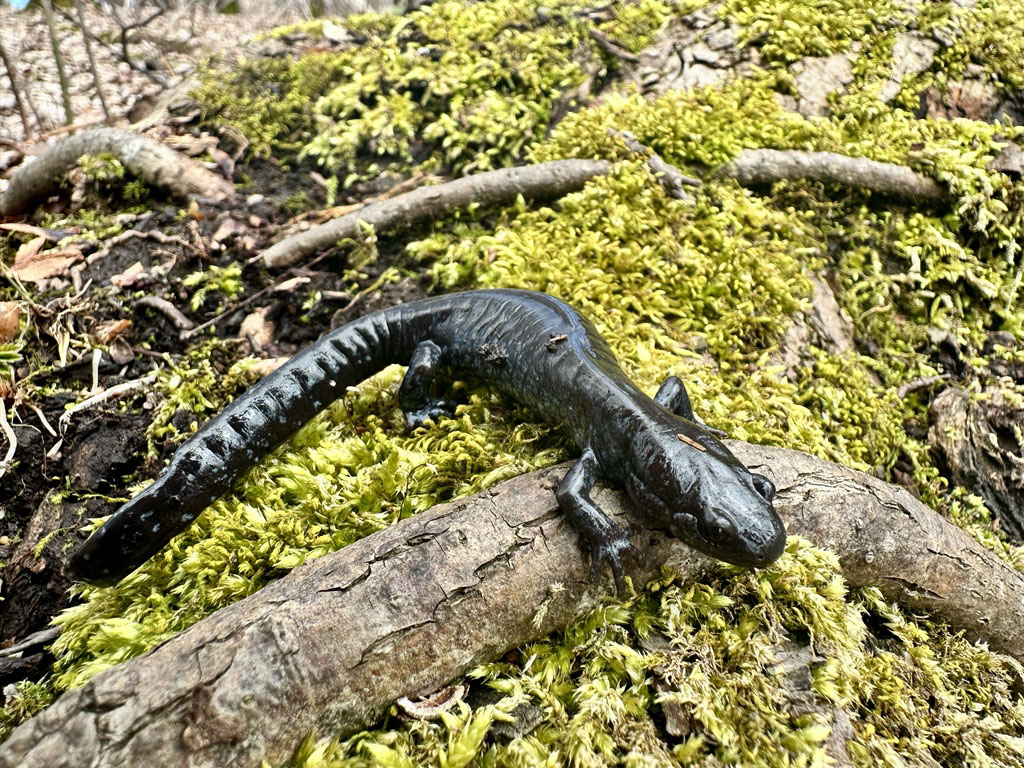
Fantastic Frogs
Frogs are also amphibians, and when we hear frogs and toads call in springtime, akin to birds, it is indeed the males attempting to woo females. If you see a smaller frog on the back of a larger frog, chances are you’re witnessing amplexus, which is frog courtship. Males possess special nuptial pads on their toes to grasp onto the female during amplexus. The smaller male clings the back of the female and fertilizes eggs as they are released from her body.
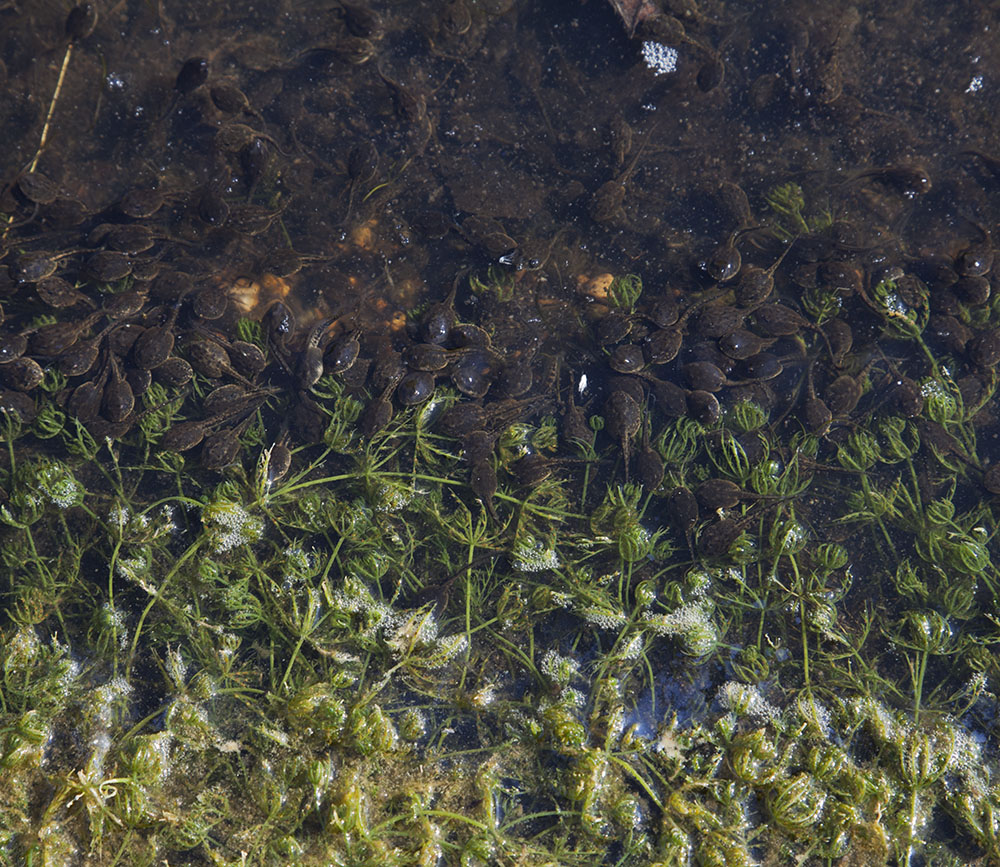
Frogs belong to the order Anurans, which translates to “without a tail,” in Greek. People often wonder how frogs differ from toads, but toads are actually a type of frog. Toads live farther away from water than other frogs, but still need to return to water to procreate. They have thicker skin than more water-oriented frogs. They also have smaller legs to hop shorter distances, unlike frogs with their longer leaping legs. Since toads aren’t as fast as other frogs, they need different methods to protect themselves. Parotid glands behind their eyes produce a poison that makes them taste nauseating to predators.
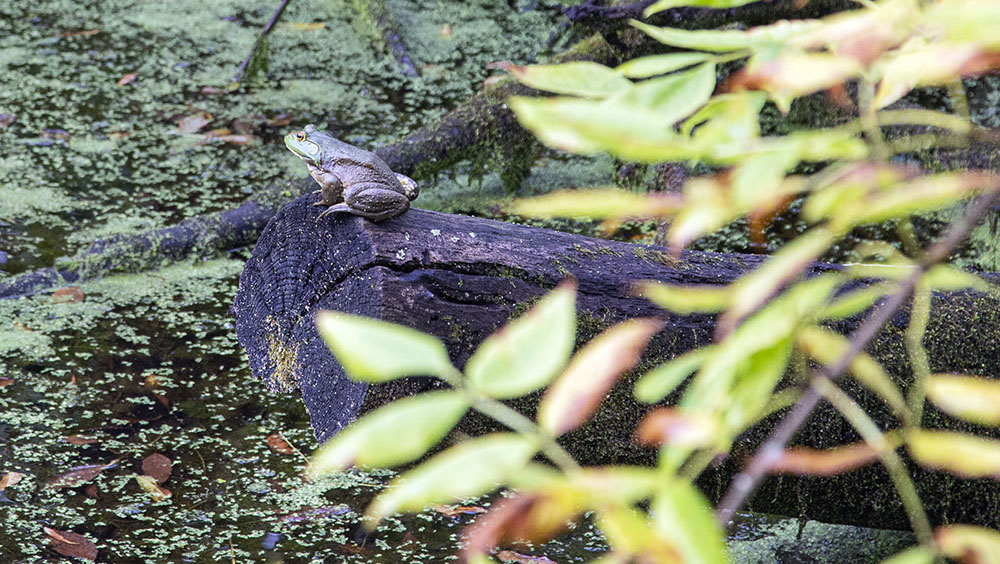
The name amphibian translates to “dual lives,” referencing their tadpole, or larval, stage of living in a pond, and then their adult stage in which they’re able to exist outside of water. But nearly all of them return to water to perpetuate their species.
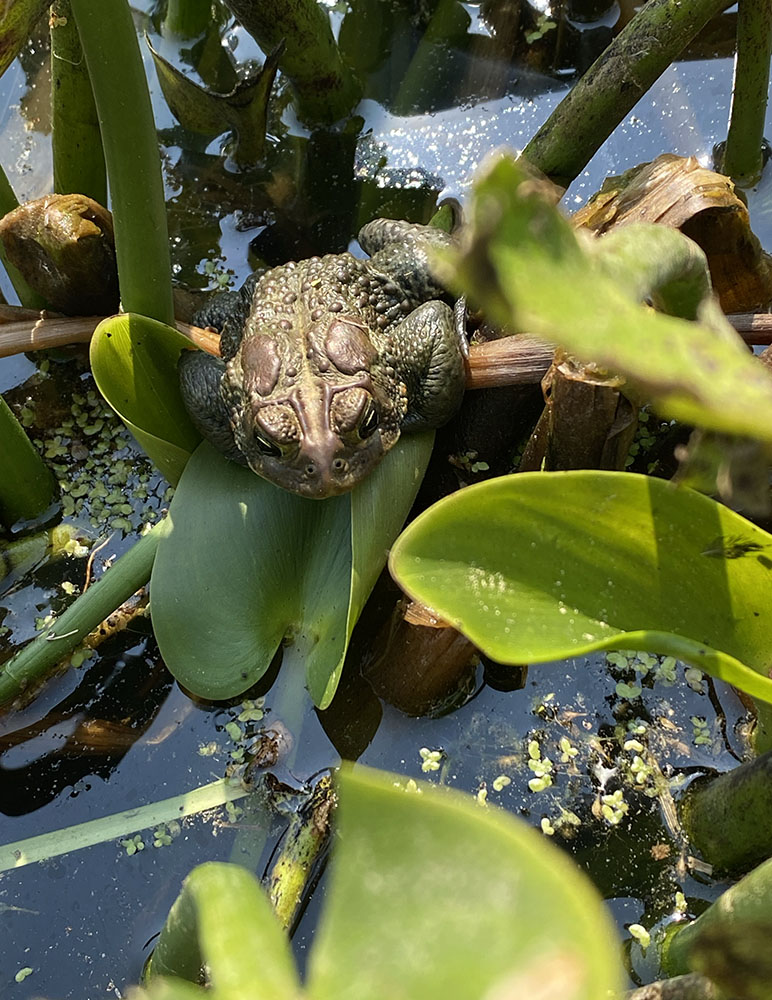
Amphibians are Important Indicator Species
Amphibians provide an important link in the food chain. Some of our most dramatic predators that migrate through or exist at the Center, such as Green Herons, gray and red foxes, and raptors, rely upon frogs as a food source. For centuries, farmers have released toads in their agricultural fields because they eat bugs. Each time you open an unblemished ear of corn, remember to thank a toad.

Amphibians are vital indicator species and are often the first animals to inform us when something is amiss in the ecosystem. The permeability of their thin skin makes them susceptible to environmental changes. Their dual lifestyle can inform people about the overall quality of both wet and terrestrial environments. One could consider amphibians the proverbial canaries outside of the coalmine. So, the existence of frogs is an indication that we are being responsible caretakers of an ecosystem. Their absence is an indication that something has gone awry.
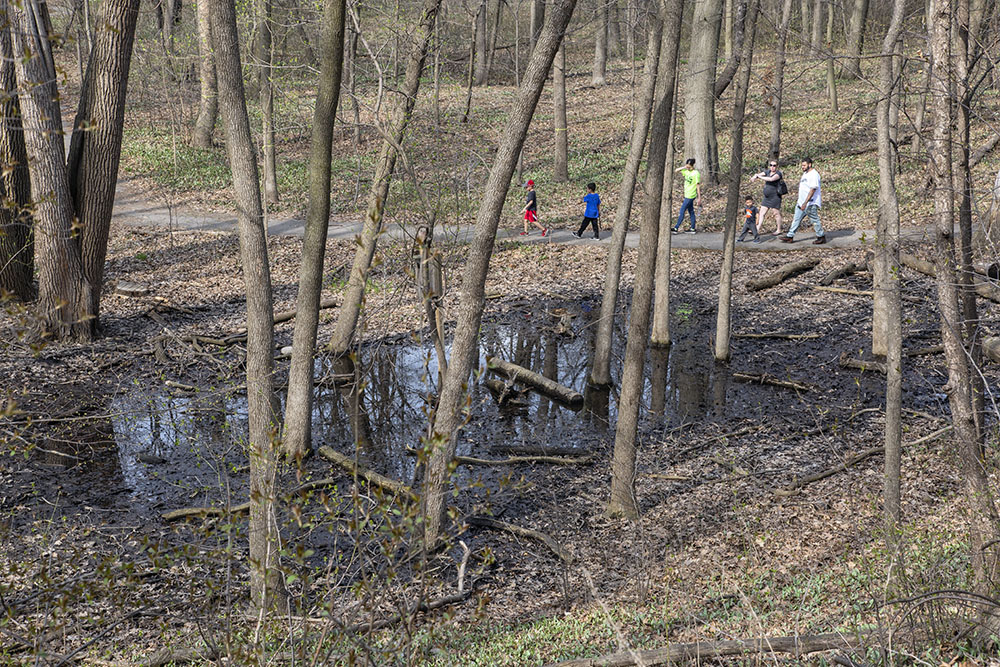
The habitats where many amphibians live – wetlands and ponds – provide vital ecosystem services such as water filtration and stormwater retention. They offer habitat for many other species as well. If amphibians are indicating their habitat is unhealthy, it is an sign that our living and working and playing space is also unhealthy. So when the frogs stop calling, we should all be listening.
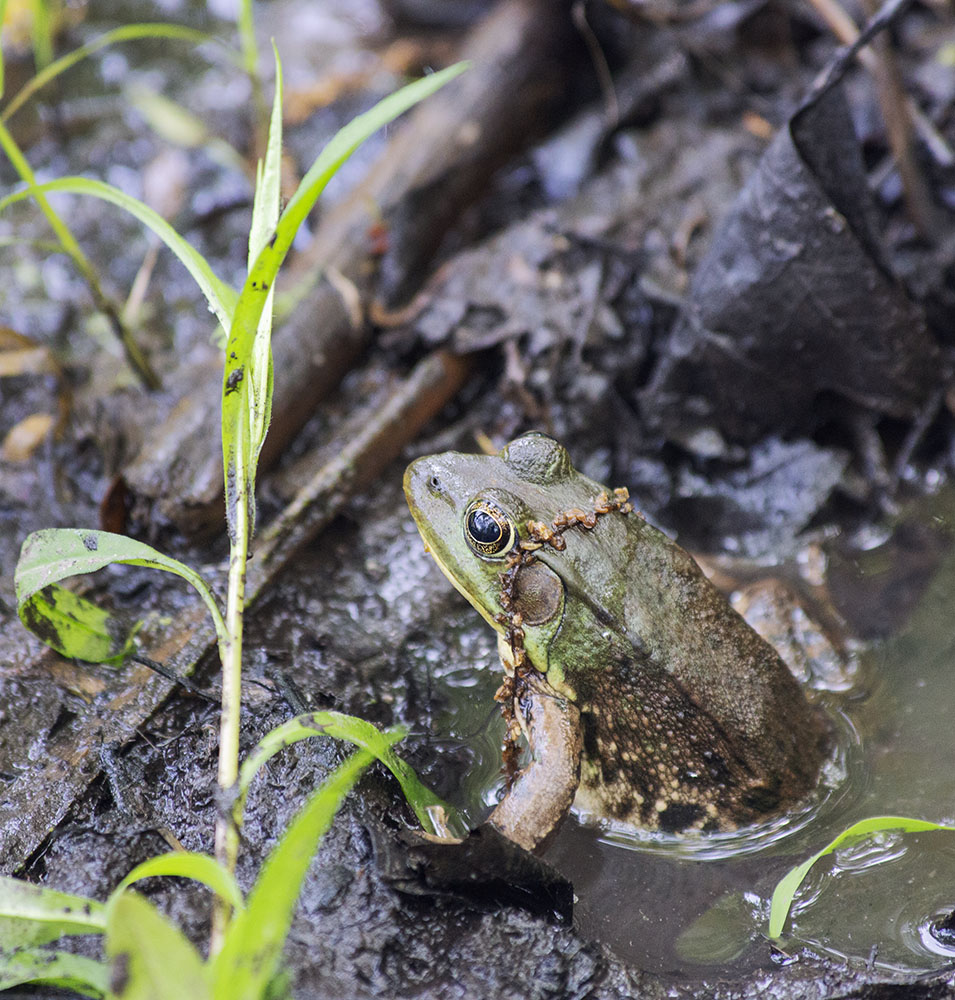
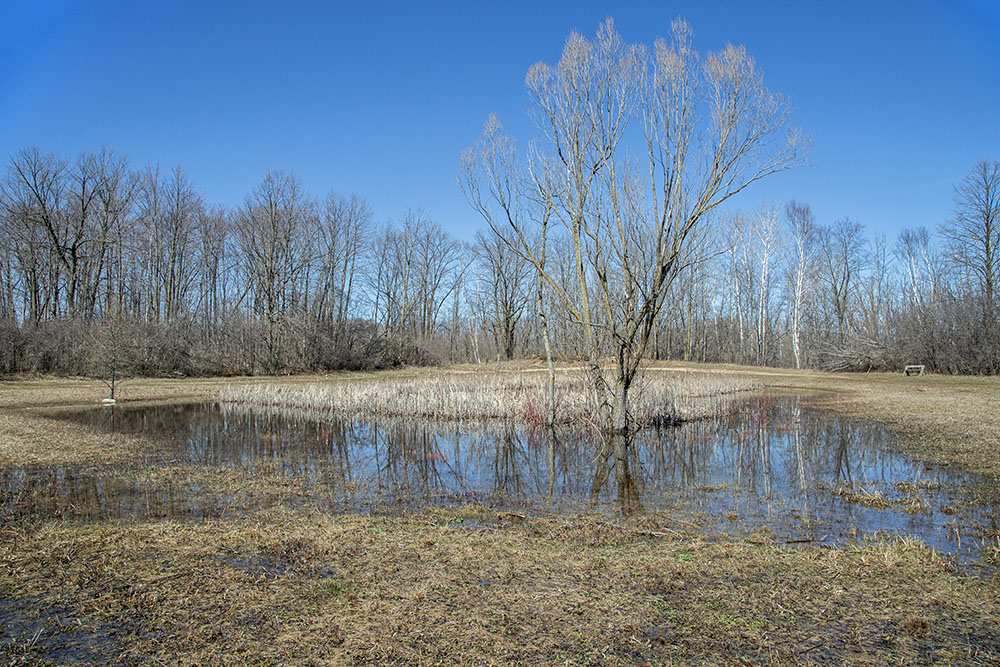
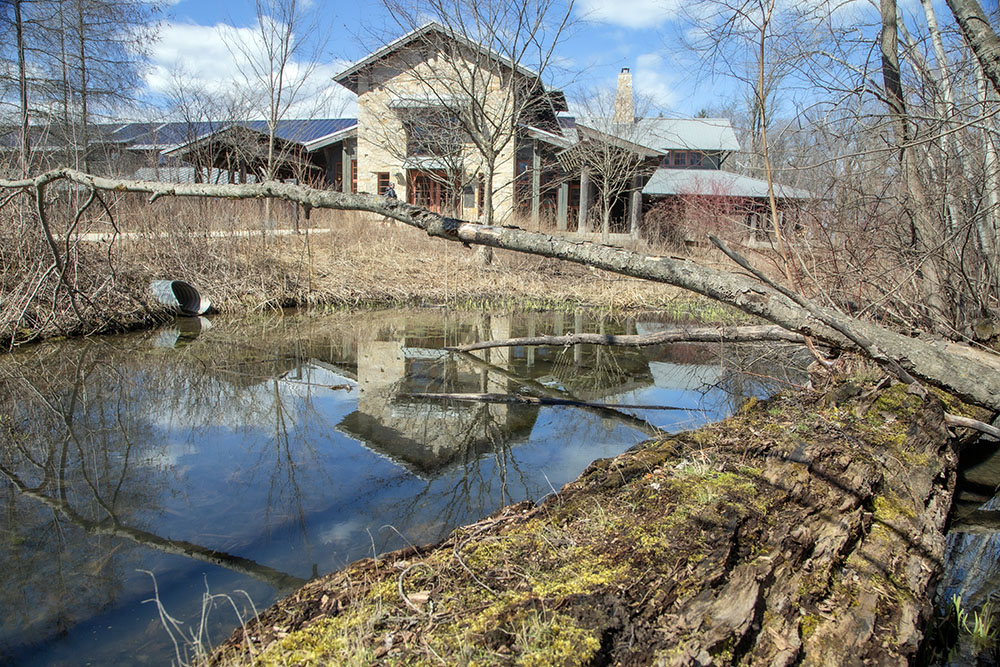

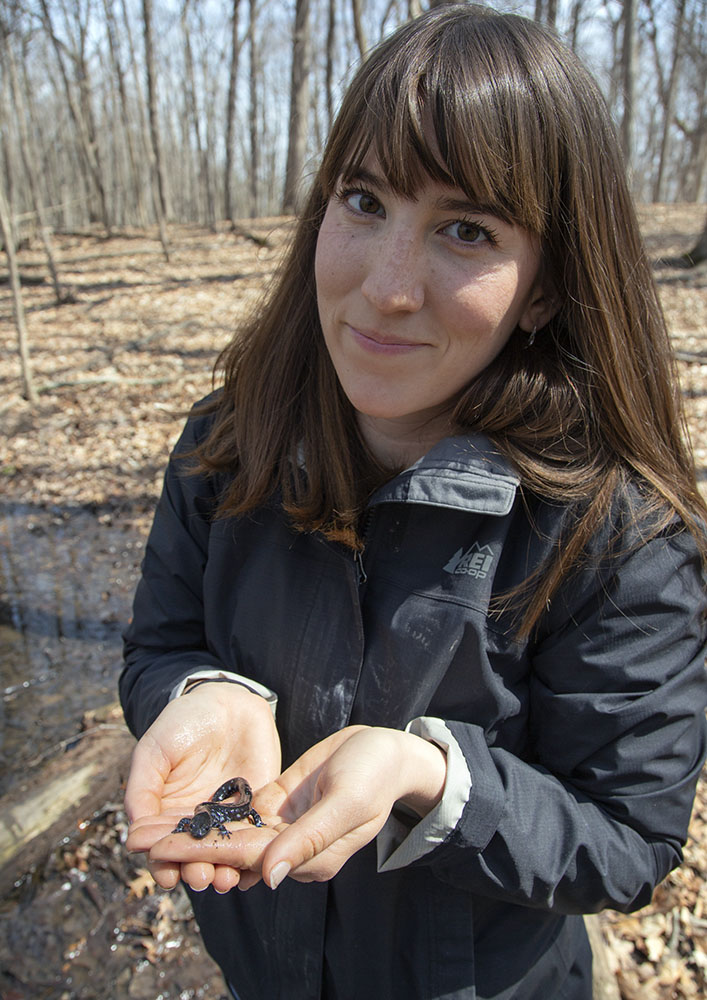
Related story:
Wetland Monitoring: Citizen scientists join in the fun!
This story is a combination of two stories that appeared in the Schlitz Audubon Nature Center’s blog, Wisconsin Nature. Each is edited slightly for length and to combine them. They are reprinted as edited with permission. You can read them as they originally appeared here: Vernal Ponds and Wetland Heroes. The featured photo at the top is of Dragonfly Pond at Schlitz Audubon Nature Center.
Schlitz Audubon Nature Center is a project partner of A Wealth of Nature. All photos by Eddee Daniel, except as noted. Eddee Daniel is a board member of Preserve Our Parks and a member of Schlitz Audubon Nature Center.
4 thoughts on "Vernal and Ephemeral: These Ponds Are Essential Habitats!"
Comments are closed.


Eddee,
Your articles and photos are always so welcome, creating a moment of respite and awe in otherwise busy days! This article with all of its amazing photographs of life forms is one of your best. Thank you so much for recording the wonder of life around is.
Great article and examples through the pictures and captions
Great job …… I have forgotten so much since being a teacher naturalist at Riveredge Nature Center. I will now join Schlitz.
Thank you Linda!